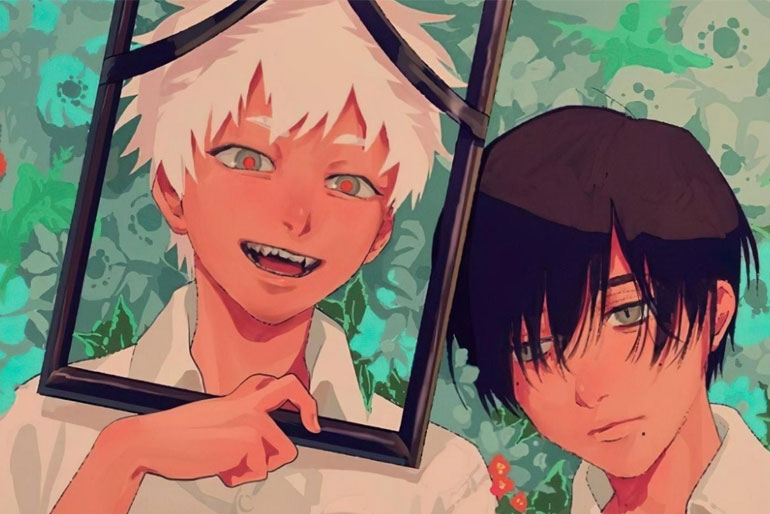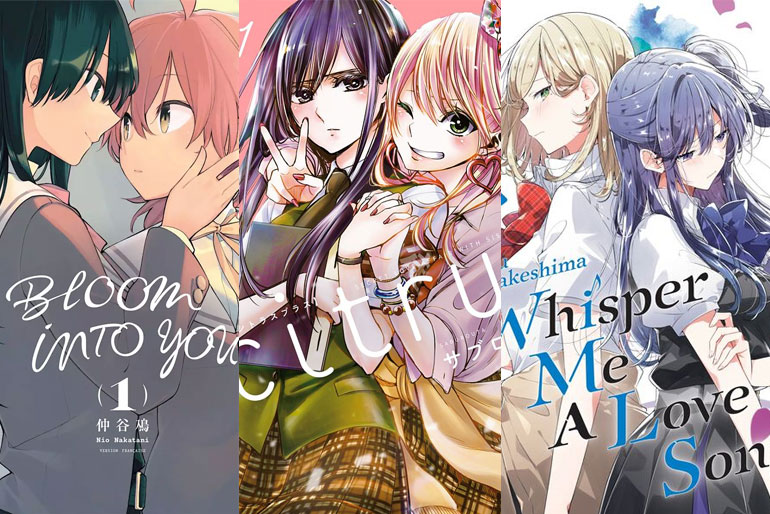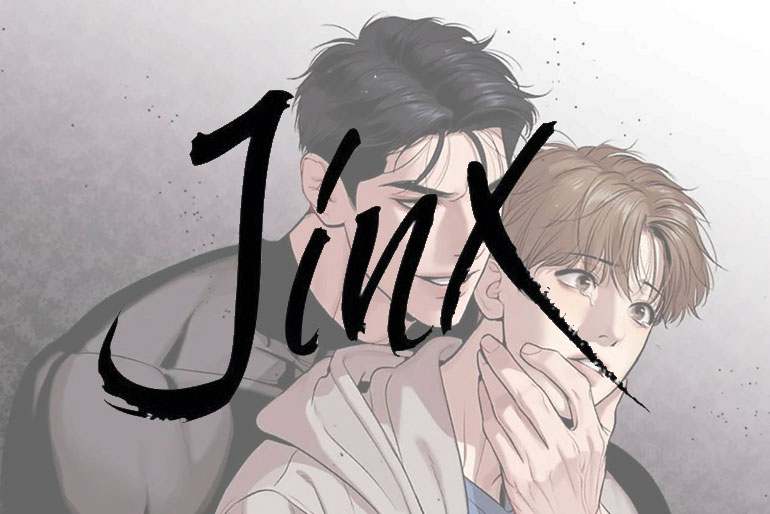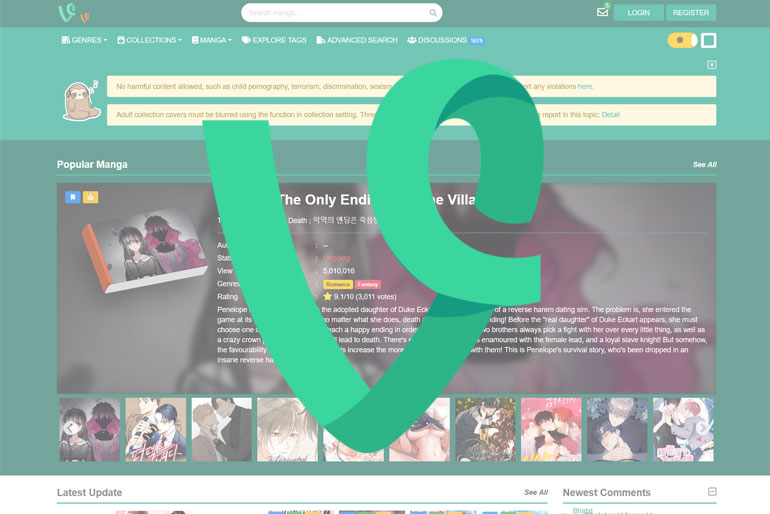Boys’ Love—usually shortened to BL—is a Japanese publishing category that centers on romantic stories between male characters. Unlike gay manga created for and by gay men, BL traditionally grew out of shōjo (girls’) comics and was steered by women authors who wanted love plots that felt fresh, daring, and emotionally rich. Today, the label covers everything from wholesome school crushes to steamy thrillers and fantasy epics, and its readership has become far broader and more international than its pioneers could have imagined.
A Quick History Lesson: From the 1970s to the Early 1990s
BL’s roots trace back to the trail‑blazing “Year 24 Group” of female artists who upended shōjo manga in the 1970s. Works like Keiko Takemiya’s Kaze to Ki no Uta broke taboos around sexuality, gender roles, and power imbalances. In dōjinshi circles of the same decade, fans began producing homoerotic parodies of popular series—an energetic, underground scene that fed straight into commercial publishing. The catch‑all nickname “yaoi” (a cheeky acronym meaning “no climax, no point, no meaning”) emerged for these indie stories, while the more market‑ready term “Boys’ Love” arrived in the 1990s as specialty magazines such as JUNE formalized the genre.
Growing Pains and Golden Ages: Late 1990s – 2010s
By the turn of the millennium, BL was no longer a curiosity. International licensing boomed, and series like Gravitation, Fake, and Ai no Kusabi gained anime adaptations that lured new readers worldwide. The rise of scanlations and fan forums in the 2000s deepened global conversations about tropes—semes and ukes, angsty melodramas, age‑gap romances—while also calling out stories that blurred consent lines. Modern classics such as Rihito Takarai’s Ten Count and Asumiko Nakamura’s Doukyuusei showcased gentler pacing and nuanced emotional arcs, proving BL could tell mature stories without relying solely on shock value.
The Digital Explosion and Worldwide Reach
Smartphones, e‑readers, and webcomic platforms supercharged BL in the 2010s and 2020s. Global services like futekiya, MangaPlaza, Tapas, and Webtoon made it simpler than ever to follow official English releases the same week they drop in Japan. Outside Japan, Thailand turned BL dramas such as 2gether into international streaming hits, while Taiwan, South Korea, and the Philippines started producing their own TV adaptations. Those shows fed viewers back into the original manga and novel market, creating a feedback loop of fresh fans.
Themes, Tropes, and Sub‑Genres You’ll Bump Into
- Slice of Life Slow Burns – gentle high‑school or workplace tales where characters navigate first love or daily hurdles.
- High‑Heat Romance – explicit adult titles that dive into the messy, steamy side of relationships.
- Fantasy & Isekai – wolf‑spirits and demon kings seeking soulmates, or reincarnated nobles protecting shy retainers.
- Omegaverse – an AU world with secondary genders (alpha/beta/omega) that remix power and consent dynamics.
- Historical & Period Pieces – from samurai courts to Victorian boarding schools.
Even if certain tropes repeat—height differences, “love at first punch,” office senpai/kōhai crushes—modern creators experiment with deeper consent conversations, healthier communication, and LGBTQ+ representation beyond the genre’s original female gaze.
Essential Classics Worth Your Time
Below is a starter shelf that still resonates:
- Kaze to Ki no Uta by Keiko Takemiya – the genre’s primordial text, set in a 19th‑century French boarding school.
- Ai no Kusabi by Rieko Yoshihara – a cyberpunk caste‑system romance that defined power‑play drama.
- Gravitation by Maki Murakami – a 1990s comedy about a newbie rocker obsessed with a moody novelist.
- Fake by Sanami Matoh – buddy‑cop banter plus slow‑burn attraction.
- Junjō Romantica by Shungiku Nakamura – multiple couples, endless misunderstandings, and hallmark “yaoi hands.”
These titles show how BL experimented, stumbled, and ultimately shaped the visual and narrative grammar still in use today.
Modern Fan Favorites From the 2010s
- Given by Natsuki Kizu – band practice, grief processing, and a heartfelt depiction of queer youth.
- Sasaki and Miyano by Shō Haru Satsuki – a gentle school romance between a chivalrous senior and a nerdy underclassman.
- Blue Sky Complex by Kei Ichikawa – quiet library shifts become the backdrop for tender first love.
- The Night Beyond the Tricornered Window by Tomoko Yamashita – paranormal mystery plus awkward affection.
- Twittering Birds Never Fly by Kō Yoneda – adult crime drama that balances sex, danger, and emotional honesty.
These books ride the wave of improved translation quality and digital simulpubs, helping readers dive in without importing pricey tankōbon.
Rising Stars: 2023‑2025 Releases to Watch
Print publishers and digital platforms are already lining up fresh content:
- White Liar (Tokyopop, Feb 11 2025) – a show‑biz romance between an unlucky beautician and a secretive actor.
- Touch Within the Abyss (Tokyopop, Mar 25 2025) – a gritty redemption arc featuring a remorseful hitman and a blind idealist.
- My Boss Is the Irresistible King of the Night (Coolmic, Jan 2025) – office rom‑com where a quiet employee discovers his playboy supervisor’s softer side.
- Amagase‑kun Loves to Make Me Cry (Coolmic, Jan 2025) – an edgy exploration of trust set against an SM‑bar backdrop.
These 2025 releases showcase how today’s BL walks the line between classic tropes and fresher, more varied storytelling.
Who Reads BL Now?
Contrary to the old “for girls only” stereotype, recent surveys show a balanced spectrum of readers. In Japan alone, an estimated 450 thousand dedicated BL fans—otaku who buy multiple volumes per year—were counted in mid‑2024, and the gender mix keeps diversifying. Overseas fandom on Reddit, Twitter, TikTok, and Discord adds millions more casual readers who binge digital chapters on mobile apps.
Clearing Up Myths and Measuring Impact
Myth 1: “BL is just porn.”
While explicit titles exist (and often sell well), plenty of all‑ages BL focuses on emotional intimacy and character growth.
Myth 2: “It doesn’t help LGBTQ+ visibility.”
BL was never designed as activist literature, but its sheer volume of queer romances has nudged mainstream media toward more inclusive storytelling. Thai BL dramas demonstrating huge streaming numbers underline that economic incentive.
Myth 3: “Only cis women create BL.”
Male, non‑binary, and trans mangaka are becoming more vocal, and Western creators release original BL webcomics that sit alongside Japanese imports.
Reading BL Responsibly
BL is tagged by age rating in Japan—r18, seijinshi, etc.—yet many English‑language scans ignore those markers. Stick to licensed releases or reputable digital storefronts so you can check trigger warnings, guarantee creator royalties, and confirm you’re reading age‑appropriate material.
Where the Genre May Head Next
- AI Translation & Global Simulpubs – expect near‑instant release parity.
- More LGBTQ+ Authors – as queer mangaka gain platforms, expect stories that reflect lived experience rather than fantasy alone.
- Hybrid Formats – motion comics and vertical‑scroll web BL already blur the lines between manga and TV drama, a trend likely to expand.
- Cross‑Media Adaptations – gaming companies and streaming giants view BL as a cost‑effective gateway to loyal fanbases.
Final Thoughts
BL manga began as a rebellious corner of shōjo culture and has flourished into a multifaceted, global phenomenon. Whether you’re chasing slow‑burn tenderness, wild paranormal suspense, or spicy workplace antics, there’s a BL title waiting to charm you. Dive in, support the creators, and enjoy the ever‑evolving world of Boys’ Love storytelling—no prior expertise required and absolutely zero jargon in sight.





